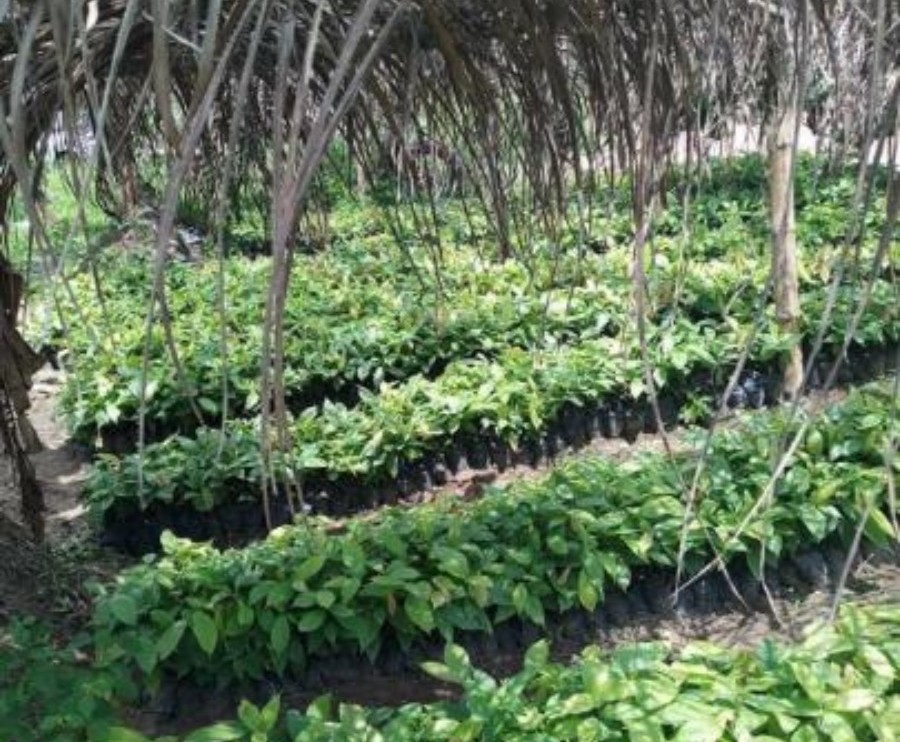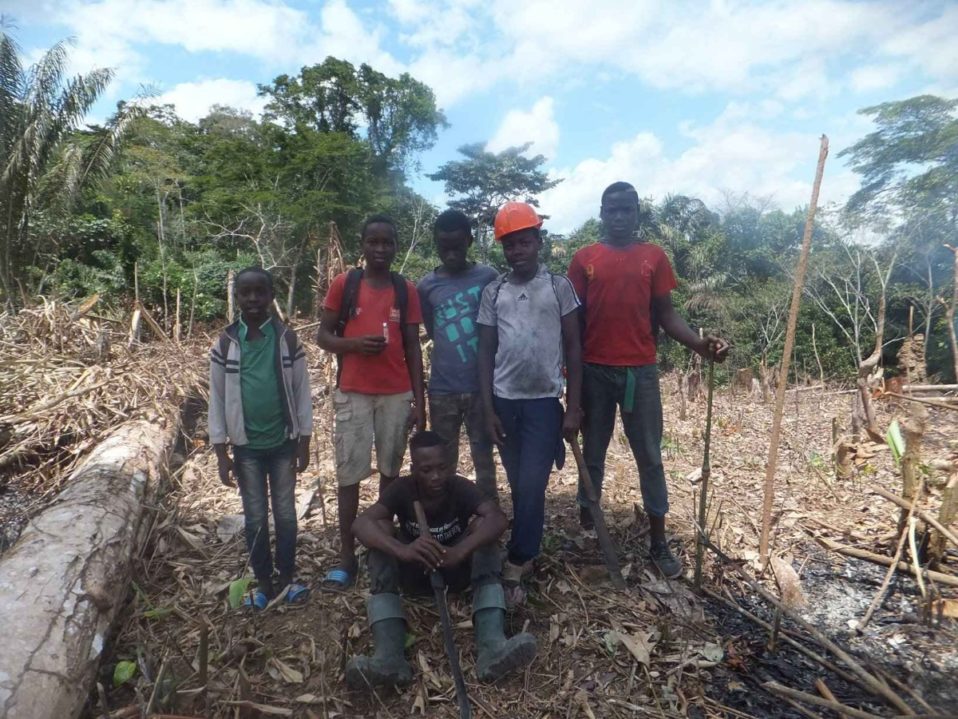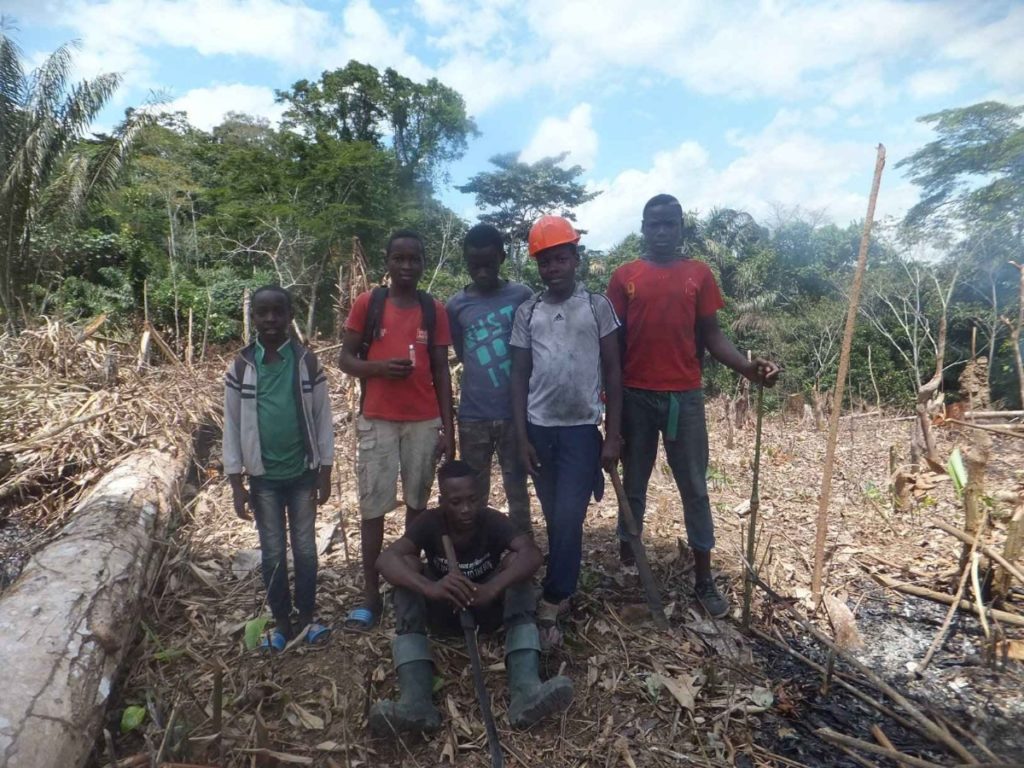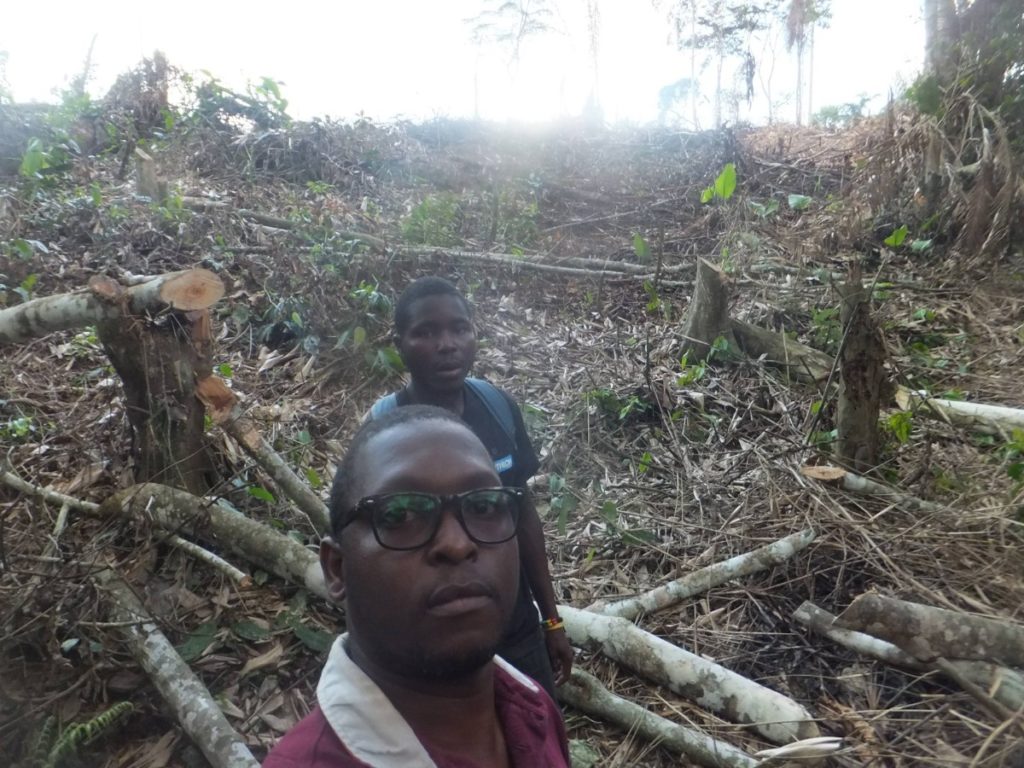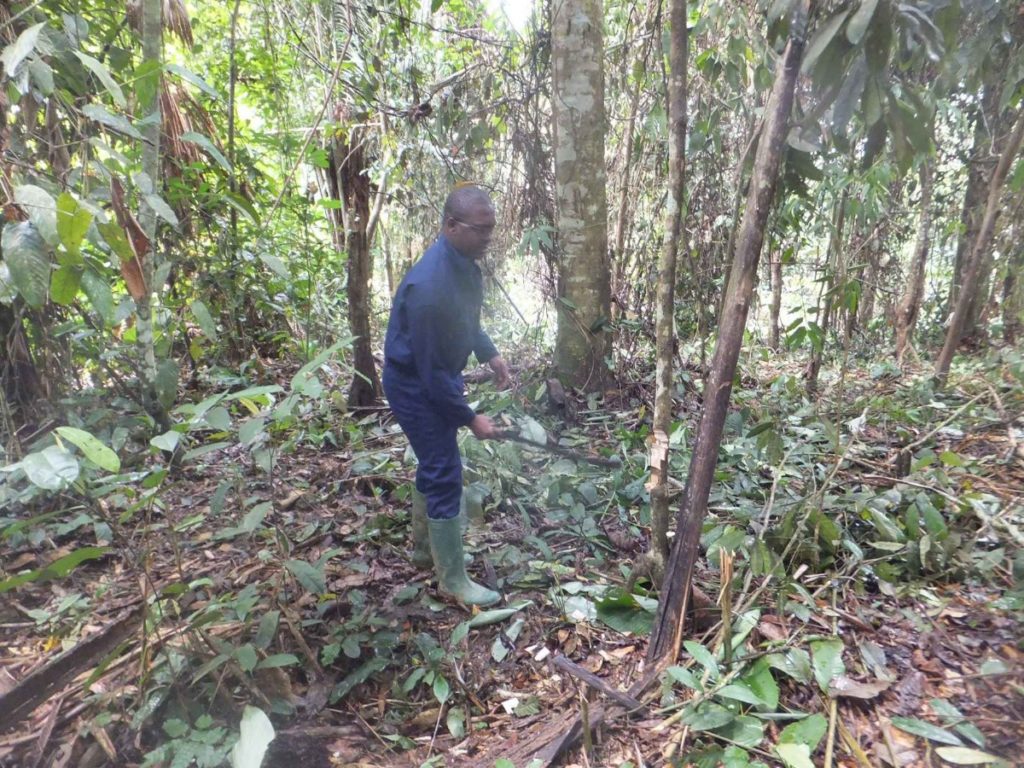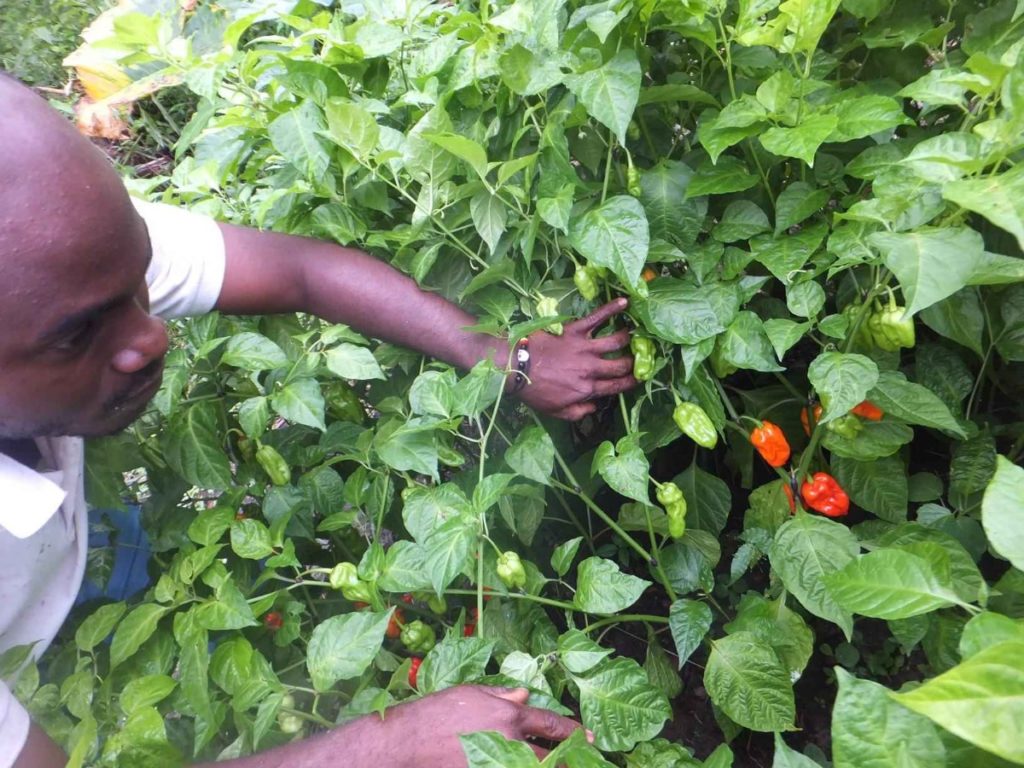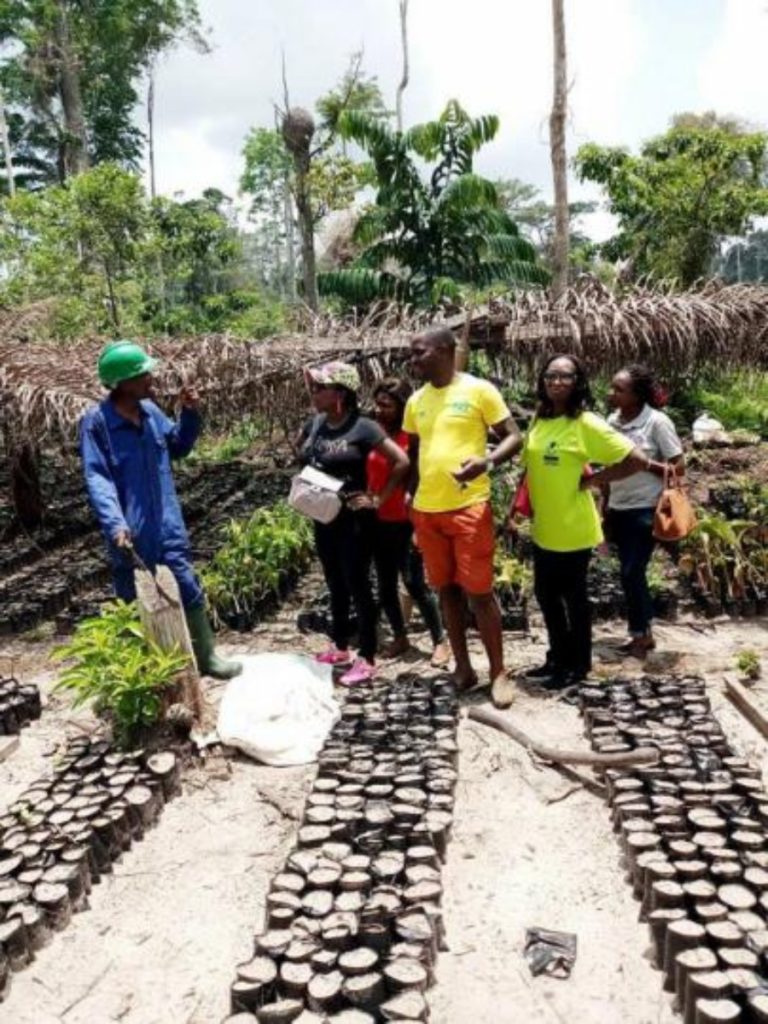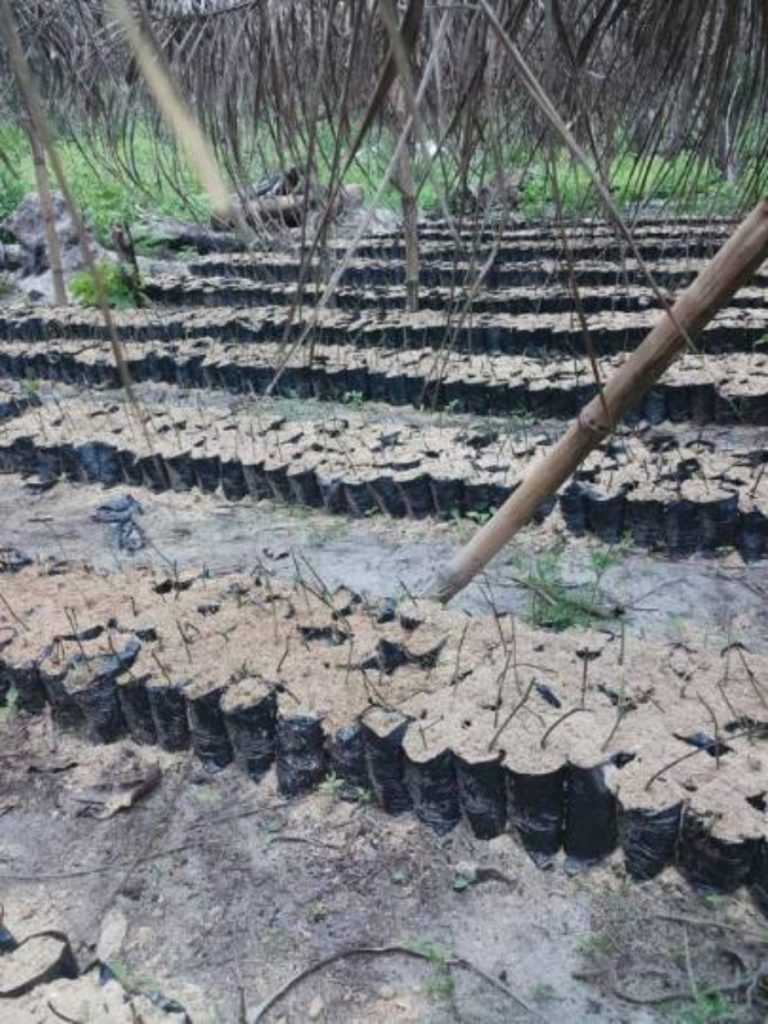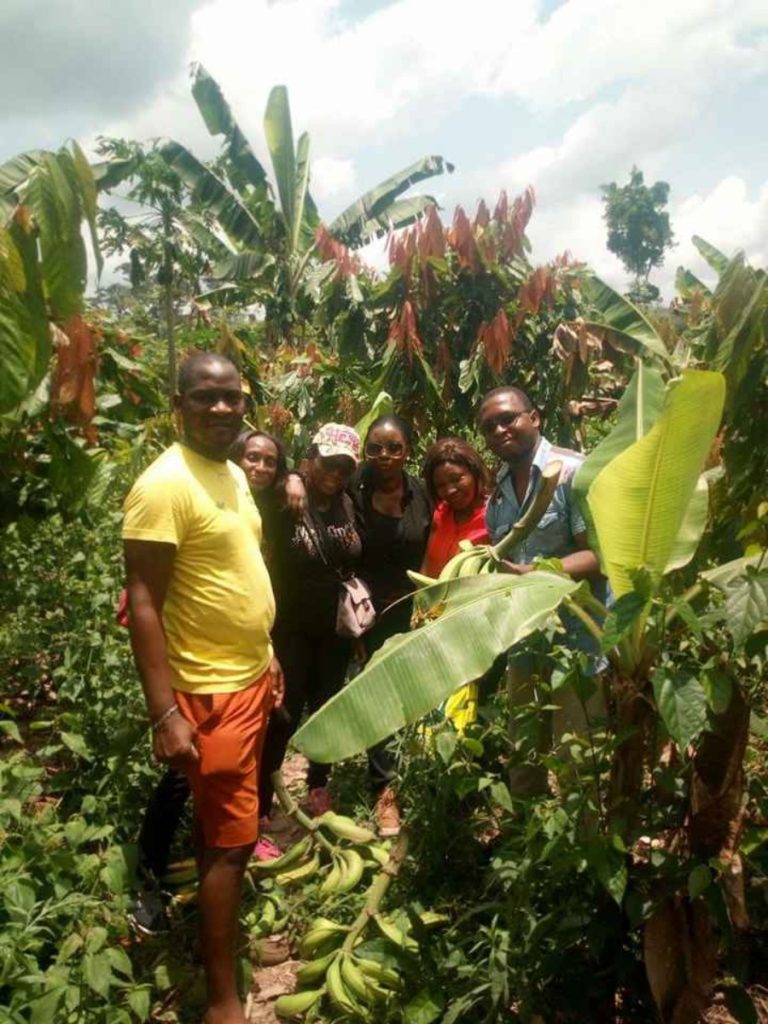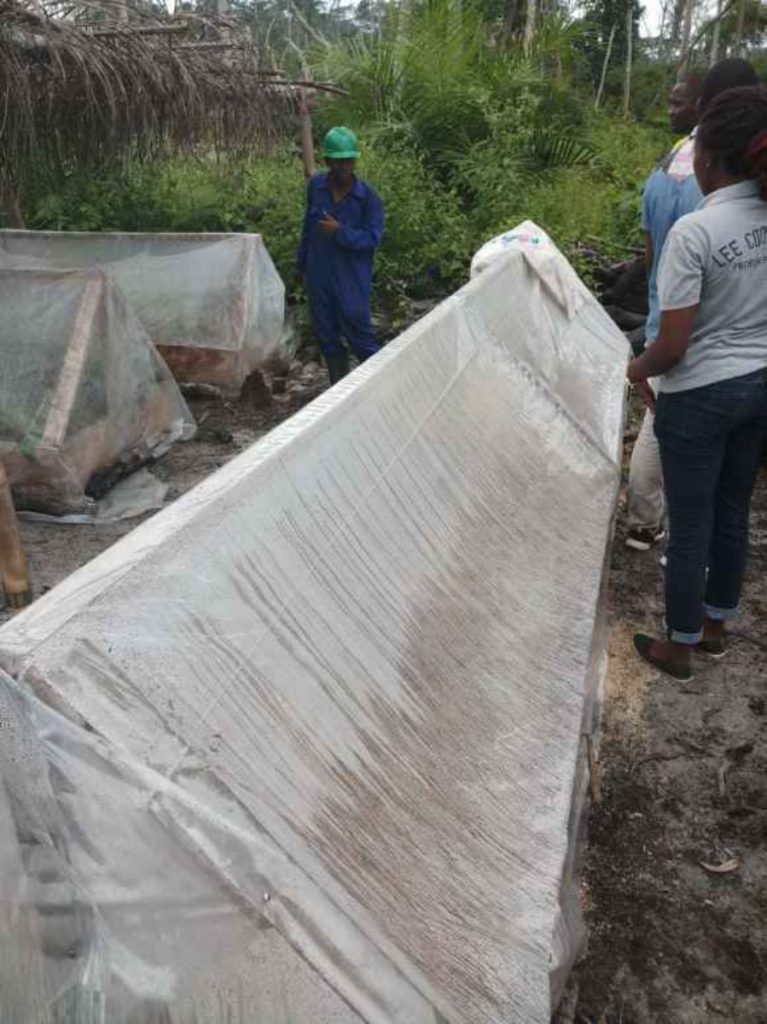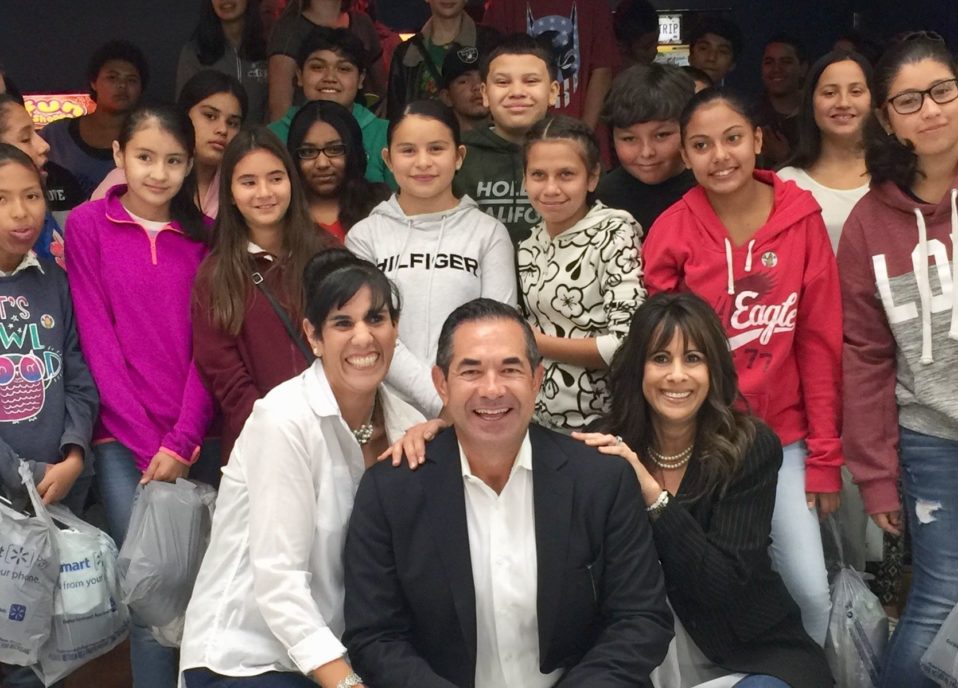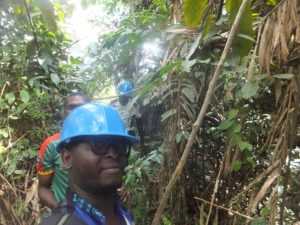 In the first stage,we are establishing nurseries of quality seedlings and plantations that are both productive and resilient to climate change. Inthe long-run, we aim to develop a large-scale production that integrates livestock farming, fishing, ecotourism, land restoration and processing of our products to improve the living conditions of disadvantaged local populations and vulnerable people (orphans, widows, unemployed, illiterate, etc.).
In the first stage,we are establishing nurseries of quality seedlings and plantations that are both productive and resilient to climate change. Inthe long-run, we aim to develop a large-scale production that integrates livestock farming, fishing, ecotourism, land restoration and processing of our products to improve the living conditions of disadvantaged local populations and vulnerable people (orphans, widows, unemployed, illiterate, etc.).
The principle of urban and peri-urban farming is taken into account, as the project brings supply closer to demand. In addition, it provides a solution, no less negligible, to the problem of food self-sufficiency in the area, and even throughout the country.
The trees to plant are:
– Cacao trees: 1,500 plants
– Plantain trees: 1,500 plants
– Orange trees: 500 plants
– Grapefruit trees: 500 plants
– Avocado trees: 200 plants
– Sapodilla trees: 200 plants
– Soursop trees: 100 plants

The ongoing project, funded under Fundmycharity.com and equity for the moment, incorporates permaculture techniques that help us not only to strengthen soil fertility but also to reduce our need for artificial fertilizers and pesticides.
The project also uses compost from plant and animal wastes to fertilize the soil and uses natural repellents of insects to ensure the production will be organic.
What has already been done:
At this stage the teams mobilize in the field are finalizing the picketing and hoeing. The purchase of agricultural equipment, inputs, seeds, the support of local labor, the implantation of the nursery, the transport and the payment of the support staff (agricultural technicians) have been mobilized and are available. The two sites were delimited, then cleared.
Our current needs: We are currently looking for additional funds to register (legally secure) the project site, bear the expenses related to the transportation of workers and plant the seedlings on the project site.
To this end, we are launching a crowdfunding campaign to raise a minimum of 5000 USD to:
– Close the registration procedure for the project site at the land registry level (USD 1500);
– Pay the staff working on the project site (500 USD);
– Provide local transport and workers’ ration (500 USD);
– Buy some agricultural tools (wheelbarrows, shoots, machetes, helmets, boots, etc.) (1000 USD);
– Call on the expertise of agronomists (USD 1,000);
– Acquire natural fertilizers (500 USD).
Expected results from your help Sales forecasts for all plantain production after 12 months of operation are estimated at CFA 1,500,000 (about US $ 3,000).
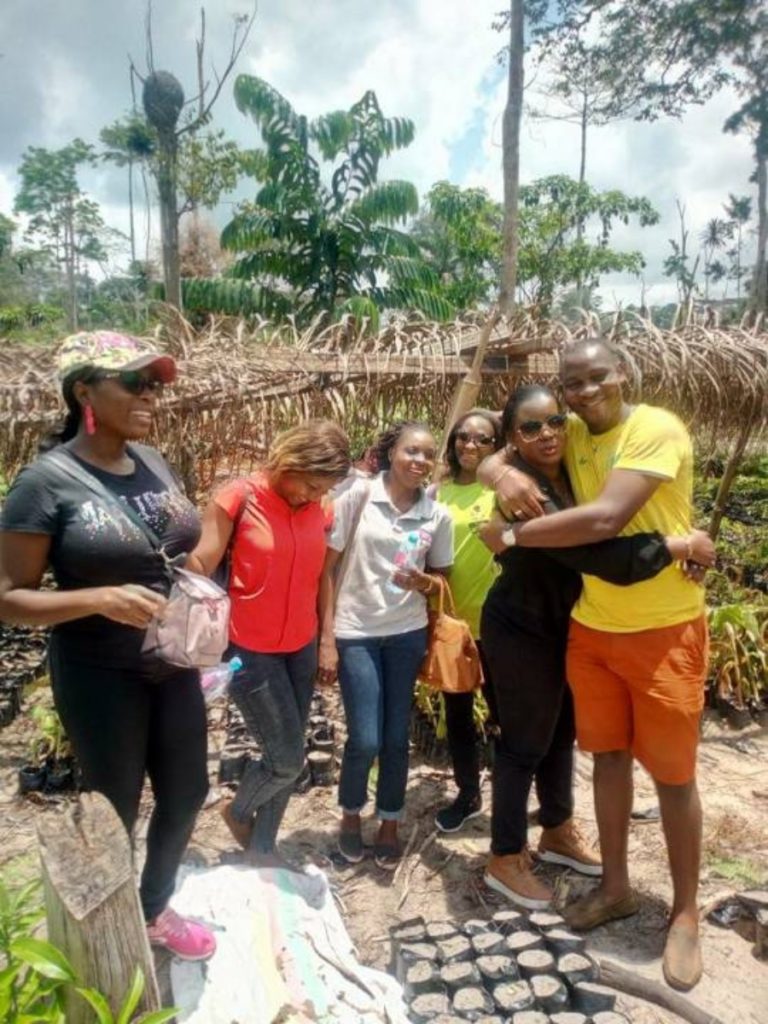
It should be noted that this turnover is doubled during the same year, because the harvest is done twice a year. In the case of cocoa, the crop will be harvested after at least 3 years, and sales forecasts will be based on the cost of the international market. With regard to fruit trees, we plan to turn them into natural juices and market them.
After these sales, we plan to support the creation of cooperatives of small organic farmers who would sell wholesale and who can also exchange seeds of quality and good practices.
In addition, we plan to support at least one orphanage per year through donations of seedlings, harvested products long run and school supplies at the beginning of each school year.
To summarize, the integrated agro-pastoral project thus developed is a source of hope given the encouraging expected results. It is an emergency investment that targets the most vulnerable social stratum (peasants, young people, women, handicapped, orphans, widows). The flagship activities abound with several valuable assets to constitute an open agricultural pole such as the one we propose here. It appears as a solution to economic and social development, as it will showcase its immense natural resources and talents.
Thank you for your help!

